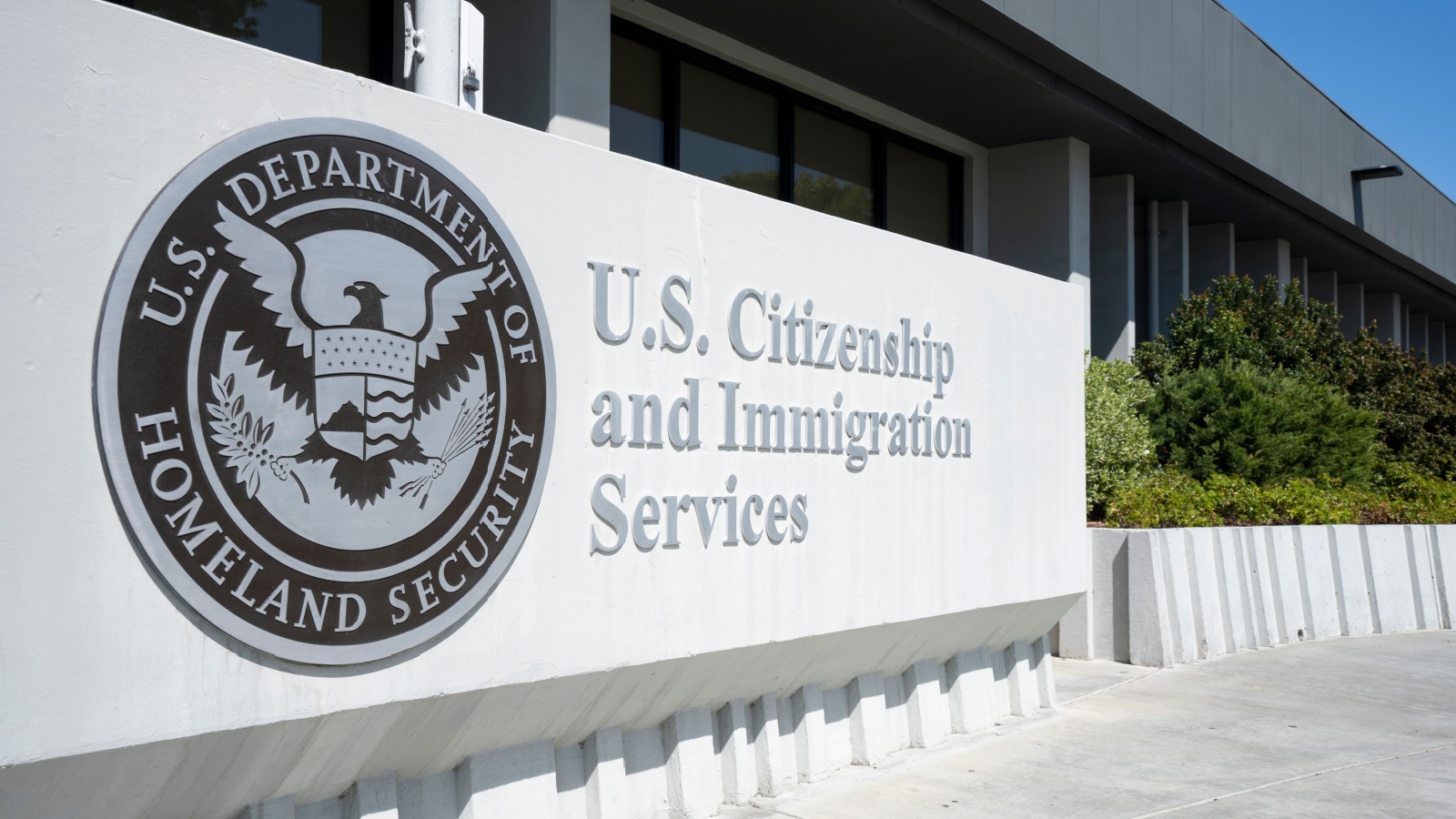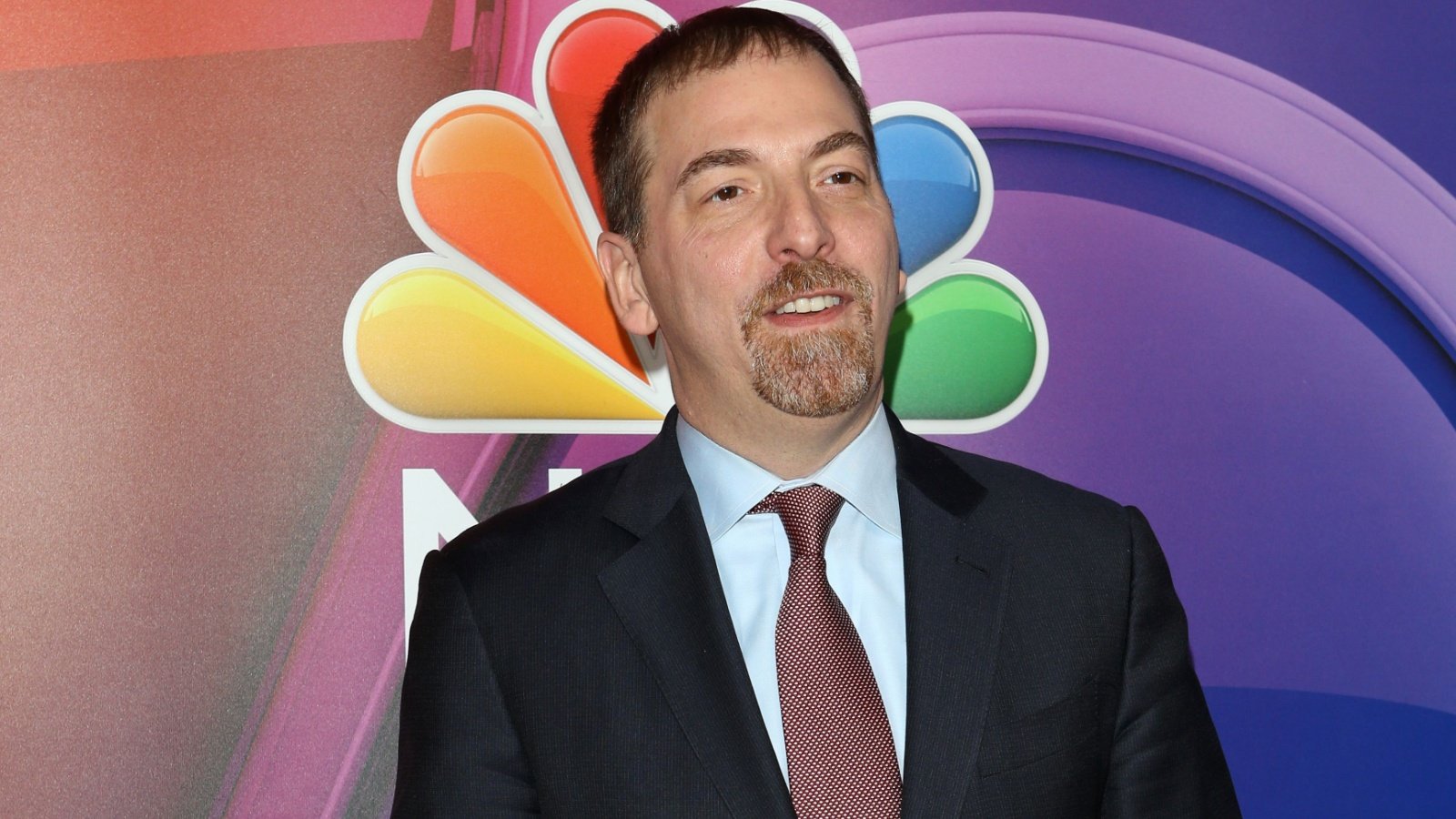Millions of federal student loan borrowers may benefit from a “free” month of debt payments. Borrowers enrolled in the Administration’s newest income-driven repayment plan, the SAVE plan, are being put into “a brief processing forbearance” by loan servicers at the direction of the Biden Administration.
Forbearance During Transition

The forbearance is in effect during this transition, as those enrolled in the Saving on a Valuable Education (SAVE) plan will have their balances and payments recalculated and possibly reduced.
Calculation of Monthly Payments

Monthly loan repayment amounts under the SAVE Act are calculated based on borrowers’ income and family size.
Expected Changes in July

The program changes expected in July involve different degrees of cutting payments on undergraduate loans in half and receiving credits toward the balance that apply to certain times of deferment and forbearance.
Temporary Relief for Borrowers

For those impacted, borrowers will not be required to make a payment in July, and the interest rate will be 0 percent temporarily, halting any interest debt accruing during the forbearance.
Exclusion of Private Loans

As with most federal student loan forgiveness initiatives, private loans are not included, and the loan contract terms still apply.
Inclusion in Other Programs

According to the U.S. Department of Education, the forbearance will also apply to Public Service Loan Forgiveness and SAVE loans.
What is the SAVE Plan?

The SAVE plan is the Administration’s main income-driven repayment plan for borrowers. According to the Federal Student Aid Office, borrowers who make up to 225 percent of the poverty line owe no loan payments.
Income Thresholds for Payment Exemption

For example, a single borrower who makes $32,800 or less would not pay anything toward their loan. The figure increases to $67,500 or less for a family of four to pay nothing toward a student loan.
Calculation of Payments Under SAVE Plan

The way the SAVE plan works is that if eligible, borrowers will owe 10 percent of their discretionary income as determined by the Department of Education. For example, an unmarried, childless borrower who earns $30,000 per year would be required to pay $0 monthly. A married parent with four children who makes $60,000 will also owe $0 monthly.
Examples of Monthly Payments

A childless, unmarried borrower who makes $40,000 may owe $60 monthly. If that individual gets a raise to $50,000, the borrower will pay $143 monthly. These estimates are from the Federal Student Aid Office.
Eligibility for July Forbearance

Anyone on the Revised Pay As You Earn Repayment Plan (REPAYE) is eligible for the July forbearance, as the SAVE plan replaced REPAYE. Federal loan holders eligible for SAVE plans include those with direct subsidized and unsubsidized loans, direct PLUS loans for graduate or professional students, and direct consolidation loans if they did not repay any Parent PLUS loans.
Loans Eligible for SAVE Program

The following loans can qualify for the SAVE program, but only if they are first consolidated into a direct consolidation loan: Subsidized and unsubsidized federal Stafford loans, FFEL PLUS loans for graduates and professional students, FFEL consolidation loans that did not repay parental loans, Federal Perkins loans.
Loans That Do Not Qualify for SAVE Plan

Not qualifying for the SAVE program include default loans, parent direct PLUS loans, FFEL loans, and FFEL consolidation loans.








